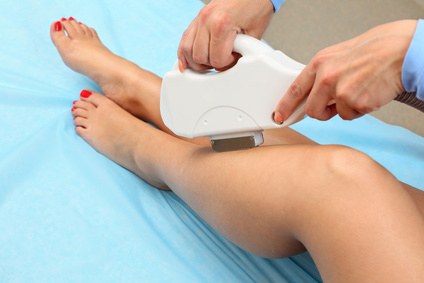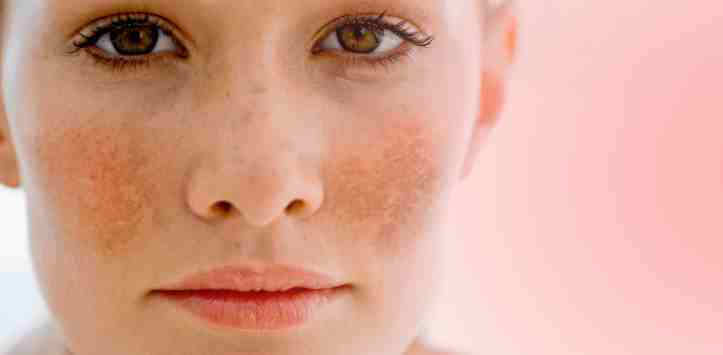Melasma is a common skin condition caused by the formation of light to dark brown pigmentations on the skin’s surface.
This is harmless in nature; however, it can cause cosmetic-related problems including the loss of confidence and personality deformation. The patches are usually found in pregnant women so it is otherwise known as “mask of pregnancy”.
But the pigmentation can be caused by other reasons. This can be caused by an excessive stretching of the skin tissues that will eventually break them down. To recover the tissues, collagen and melanin production is initiated causing the formation of dark patches. Melasma can also be triggered by birth control pills, sun exposure, and cosmetics.
Melasma is diagnosed by skin care experts by looking at their patient’s’ skin. To determine how deeply the melasma has penetrated your skin, the best dermatologist in Dubai will look at your skin under a device known as a Wood’s light.
There are instances when melasma may look like another skin condition. So your dermatologist might need to remove a bit of your skin to rule out other possibilities. The procedure is known as a skin biopsy, and this can be done in a skin clinic.
The melasma can be experienced in any body part. In ideal conditions, it can fade away on its own. However, some people have this skin condition for years or even a lifetime. Good thing there are several treatment options that have been developed. In Dubai, for example, the more effective melasma treatments in use are non-invasive in nature.
Treatment Options for Melasma
1. Hydroquinone
Hydroquinone is the first treatment for melasma. This is a topical medication which works by lightening your skin. It comes in liquid, gel, lotion or cream form. Though you can get some of these without a prescription, the products prescribed by a reputable dermatologist contain more hydroquinone.
Tretinoin and corticosteroids can be combined with hydroquinone to enhance the skin lightening process. These three compounds can be found in one cream, known as the “triple cream”.
2. Chemical Peels or Chemical Exfoliation
There are different strengths and types of chemical peels that are available for various types of skin. Your trusted skin care expert will recommend the type of peel that is suitable for your specific skin type. Glycolic acid peels in 30-70% are common.
3. Microdermabrasion
Microdermabrasion makes use of a vacuum suction and an abrasive material like aluminum oxide crystals or fine diamond chips to exfoliate your skin’s top layers. The vacuum will be adjusted depending on the tolerance and sensitivity of your skin.
Typically, microdermabrasion sessions will last from several minutes to an hour. After the procedure, minimal to no recovery time is needed. Generally, dramatic results can’t be seen after one or two sessions. Multiple treatments in conjunction with sunscreen and other creams produce the best results.
4. Laser Therapy

In Dubai, laser therapy is one of the most effective melasma treatments. This is non-invasive and has no downtime. It works by applying laser on the infected area. The skin will be penetrated with laser rays without causing harm to your skin’s outer layer. It targets the dark patches directly and neutralizes them without you feeling any kind of pain.
The treatment lasts for about half an hour. The biggest advantage of laser treatment is that it can be applied to any body part and yield the same results no matter where the treatment area is. Multiple laser treatments may be necessary to get great results.
From chemical peels to laser treatment, these treatment options are considered effective in treating melasma but remember that they require consultation with a reputable skincare expert.
Melasma Maintenance Therapy
There is no melasma treatment that offers permanent results. Thus, skin care experts recommend a maintenance therapy that will help prevent it from coming back. Some of these strategies can also help prevent this skin condition from developing.
1. Daily Sunscreen Use

Sunlight is one of the biggest triggers for melasma. So using sunscreen on a daily basis is non-negotiable to keep this skin condition at bay. Opt for a sunscreen with broad-spectrum protection, preferably one that has an SPF of 30 or even higher. Apply it 15 minutes before sun exposure and re-apply it at least every two hours.
2. Wear Extra Sun Protection
A recent study has revealed that sunscreen alone won’t give you sufficient sun protection. So aside from applying a broad-spectrum sunscreen, always wear sunglasses, hat and protective clothing when you are outside.
3. Avoid Waxing
Waxing might cause skin inflammation that can worsen your melasma. Thus, you should avoid waxing affected areas. Ask your dermatologist about where to get safe laser hair removal or other hair removal treatments that will work best for you.
You may not totally prevent melasma from happening even if you follow the best skin care regimen and precautions. However, efforts to prevent and treat it can keep these annoying spots at bay in most cases.
However, with the best dermatologist by your side, you can greatly benefit from the treatment as well as avoid skin irritation and other side effects. Always ask your trusted skincare professional regarding the possible side effects of the treatment options they are offering to you, and then make a choice.

Leave a Reply